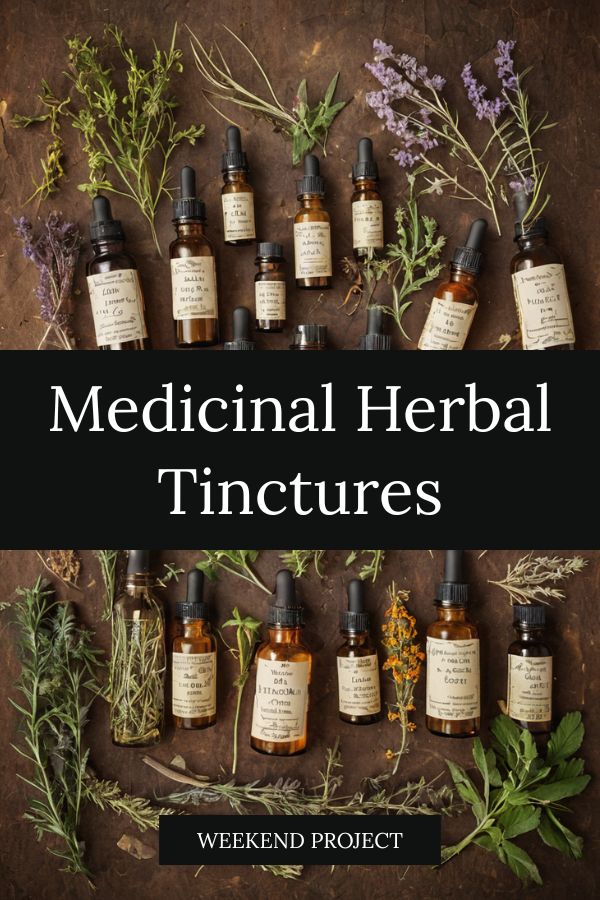Field Horsetail (Equisetum Arvense)
Information Reliability Score: 2/10
This score reflects the overall reliability of the information presented in this article. It is based on the quality of scientific evidence, accuracy of sources, and the transparency of references related to Equisetum arvense.
Field Horsetail, scientifically known as Equisetum arvense, is a medicinal herb with a long history of use in traditional medicine and herbal practices. It is valued for its high silica content, which supports joint health, skin integrity, and hair strength, and is also considered an adaptogen that helps the body manage stress. Historically, it has been used in European and Native American traditions to treat urinary tract infections, kidney issues, and respiratory conditions. In modern wellness, it is commonly found in supplements and topical preparations for its detoxifying and anti-inflammatory properties. Its distinctive, slightly bitter flavor and unique presence of the compound silica make it a rare and valuable plant in both traditional and contemporary herbal medicine.
FREE COURSE
How to make medicinal herbl tinctures for common ailments at home and in a weekend (using the Healing Drop System).

